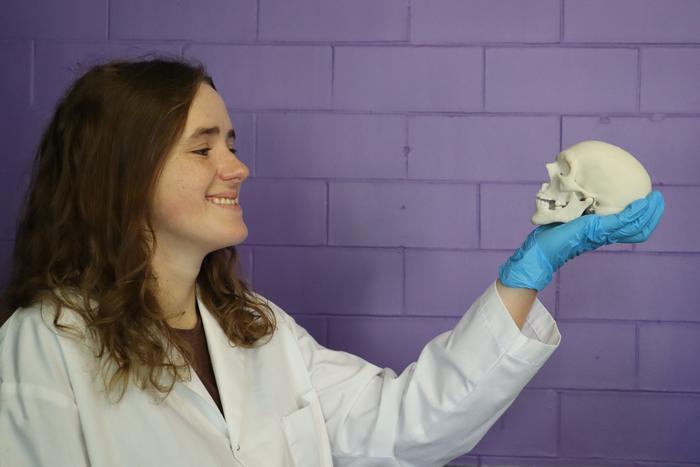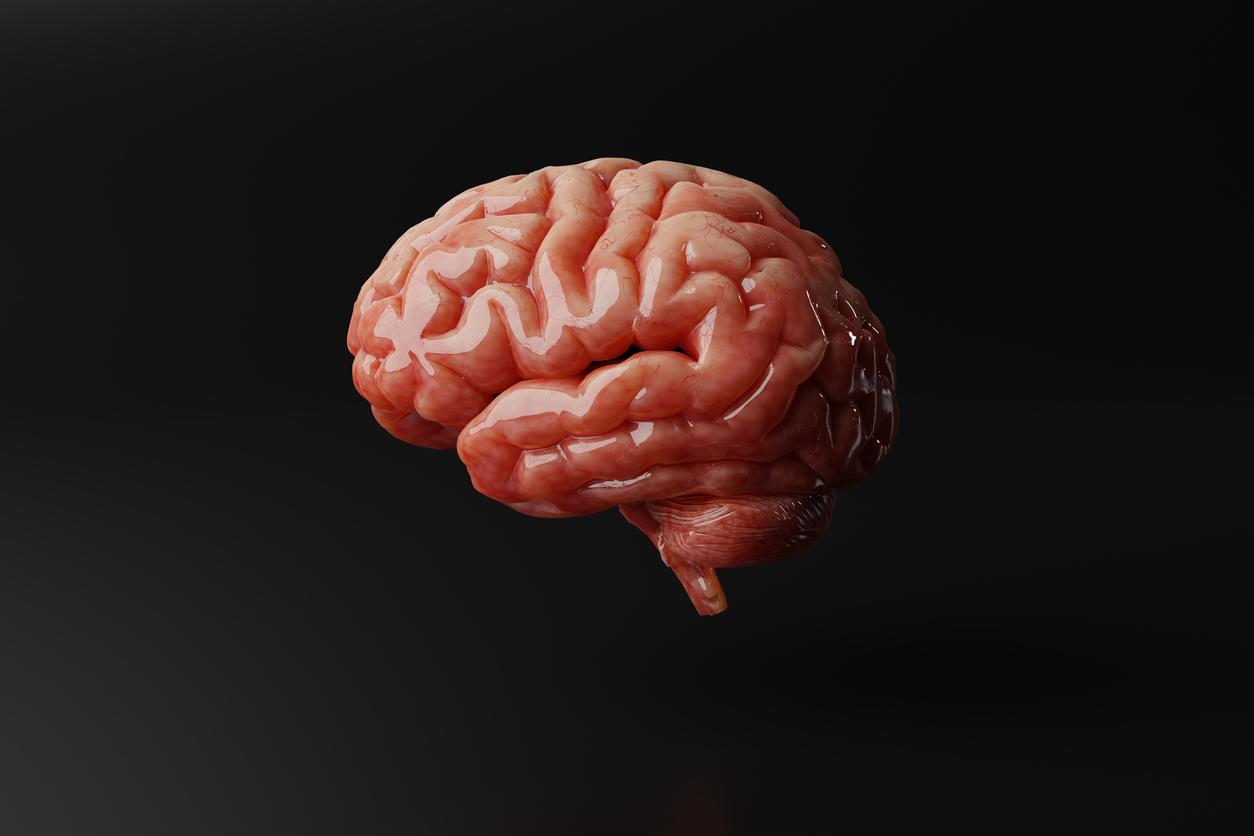VIDEO – A blind American with AMD was able to see his wife again for the first time in ten years, thanks to a bionic implant.

Although he lives by his side, Allen Zderad had not seen his wife Carmen for ten years. The 68-year-old American has retinitis pigmentosa, a genetic variant of AMD (age-related macular degeneration). Diagnosed twenty years ago, her pathology caused her to gradually lose her sight.
Thanks to a bionic eye, this retiree from Minnesota was able to rediscover the features of his wife’s face, and the contours of his environment. A video broadcast by the Mayo Clinic, where he was operated, immortalizes this privileged moment.
60 electrodes in the retina
The pair of glasses he wears is equipped with a camera that sends signals to a laptop computer. The latter processes the data and transmits it to the 60 electrodes that the surgeons have implanted in the patient’s retina.
The implant then sends the light wave signals to the optic nerve, while bypassing the damaged retina. The brain interprets these impulses, which it perceives as visual signals.
Misshapen spots
In the video, we see not only Allen Zderad regaining his sight, but also what he can perceive thanks to his implant. The image is, in fact, retransmitted to the computer. Only fuzzy colors and misshapen spots appear; but it is enough to immerse the patient in a deep emotion.
In fact, the implanted technology will not allow him to discern the details of his environment, but he will be able to see shapes and colors and move in closed places without a cane.
Glaucoma, diabetes
Allen Zderad is the fifteenth American patient to have benefited from this bionic implant. The device is currently only intended for patients with retinitis pigmentosa, but researchers hope to adapt it to offer it to people with severe glaucoma, or blindness linked to diabetes.
.















